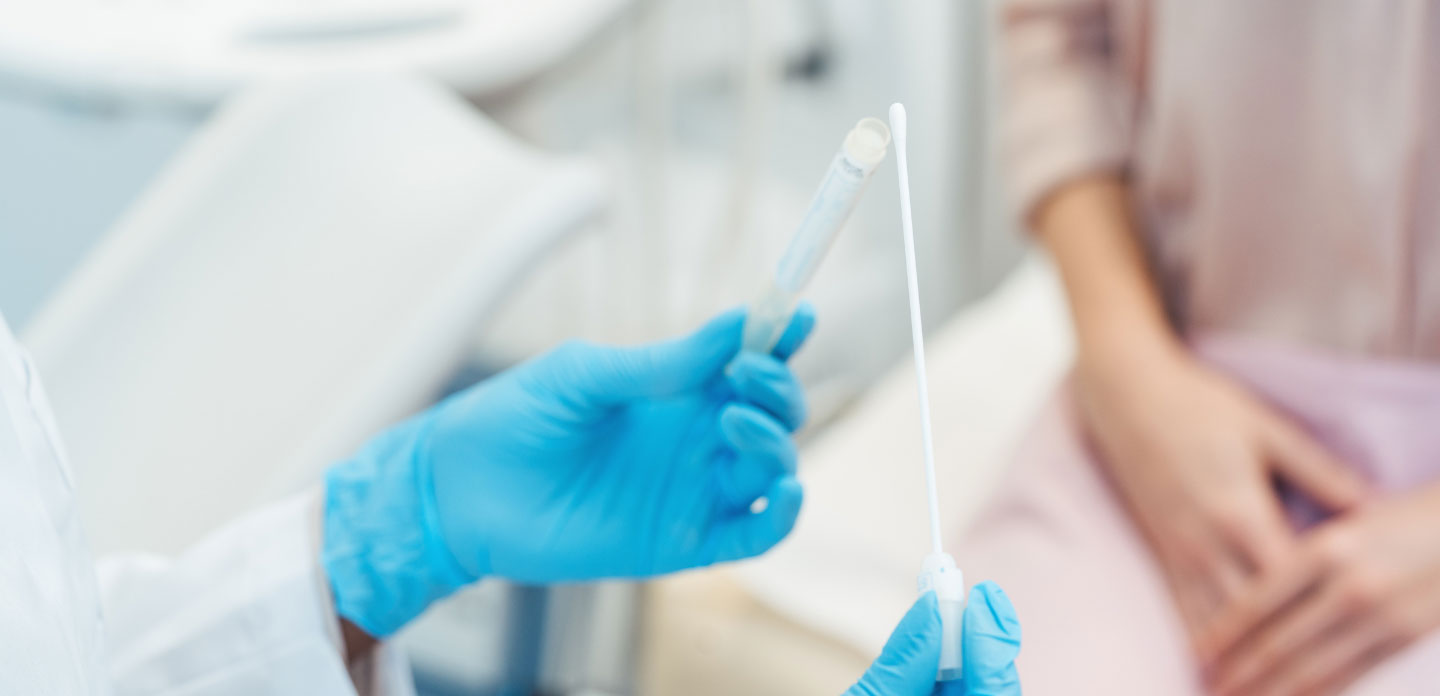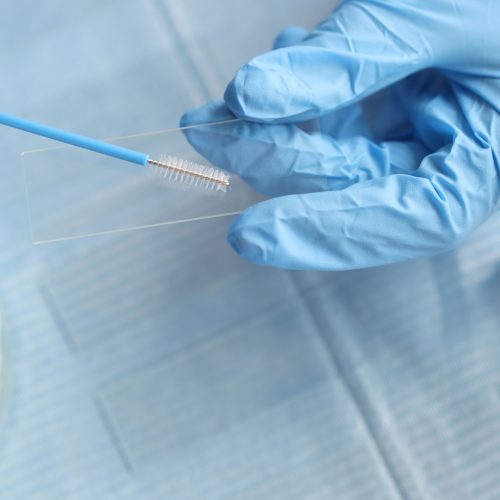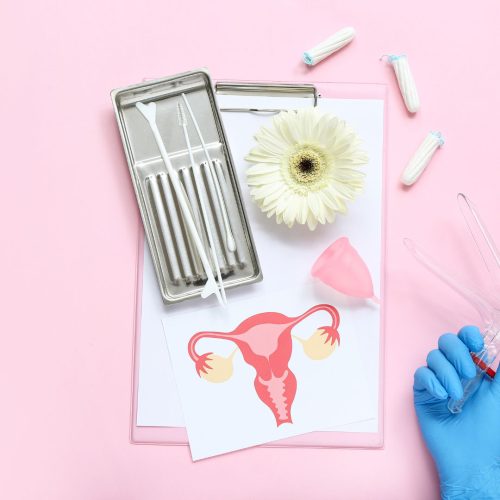The most common cause of vaginal candidiasis is Candida albicans fungi , while in about 10% of cases it can be caused by other fungi types.
The most striking symptom is itching in the vulva and vagina. However, symptomatology often does not have to be typical, since candida is a saprophytic microorganism, a normal resident of the vagina in small numbers.
Diagnosis
The diagnosis is made by a gynecologist after a history and examination of the mucosa. A microscopic examination is taken (thus determining the secretion group). In case of candida, vaginal secretion will be group VI purity. It is less common to have a swab to sow on a medium on which candida albicans colonies or rarely any other candida species will grow after a few days.
Although symptoms may indicate that it is candidiasis, it is often only the symptoms that are misdiagnosed, as other causative agents can cause the identical symptoms of vulvovaginitis, and candidiasis itself can develop an atypical clinical picture.
Therapy
All women with vulvovaginal fungal infection must be treated regardless of severity symptoms. Treatment is performed by a gynecologist who determines the type, method and regimen of therapy individually. Regular gynecological examinations are the best solution for women who have a problem with frequent ones vaginal infections Therapy is performed with vaginal antifungals of which there are several species, usually lasting from 3 to 7 days. Local therapy may also include antimycotic ointments for the skin and mucous membranes of the vulva. If the gynecologist evaluates, he may give oral, single dose systemic antifungal.
Prevention:
- Avoid wearing tight underwear, tight pants, socks, or panties,
- Avoid using intimate deodorants or deodorized tampons / pads,
- Don’t sit in wet clothes, especially in a swimsuit,
- Use well-balanced diet,
- Wear natural fiber clothing,
- Avoid sitting in tubs or frequent warm baths,
- Avoid vaginal flushing.






